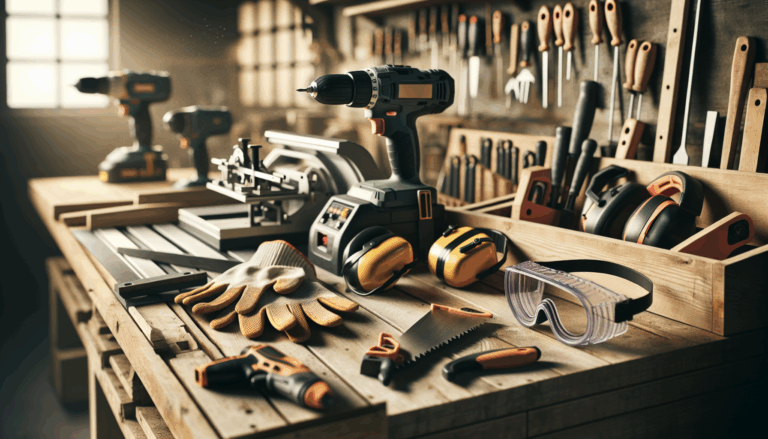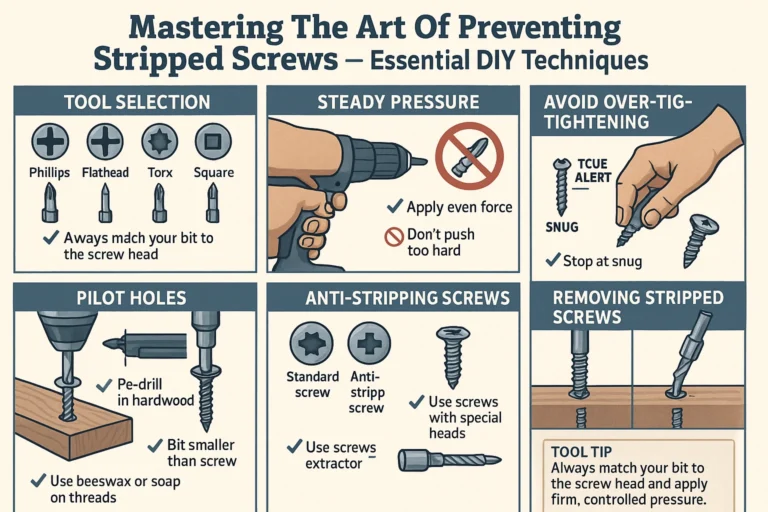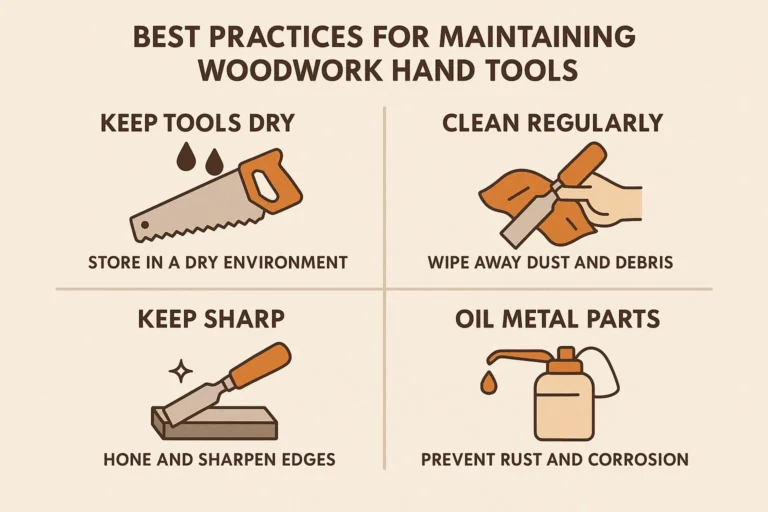What are the features of a good electric hand drill?

Power and Performance
When it comes to drills, understanding the relationship between power and performance is essential for achieving optimal results. Power is generally determined by a drill’s motor and voltage capacity. For instance, a drill with a higher voltage rating is often more powerful and can handle demanding tasks like drilling through hardwood or concrete. A well-balanced design in terms of weight and motor efficiency can enhance a tool’s maneuverability, thereby improving performance during extensive use [Source: Rigzone]. Moreover, ensuring that the drill’s power aligns with the specific job requirements is crucial in achieving high-quality results across various applications [Source: ToolGuyd].
Variable Speed Settings
Variable speed settings are an integral feature in modern drilling tools, significantly enhancing precision and control across various scenarios. By allowing operators to adjust the speed according to the material and desired outcome, these settings optimize performance and reduce wear on the tools. For example, using a lower speed for softer materials helps achieve finer results while minimizing the risk of damage. Conversely, higher speeds can be utilized for more robust materials, maximizing efficiency without compromising the integrity of the task [Source: Rigzone]. This flexibility is particularly beneficial in delicate applications like woodworking or metal drilling, where precision is paramount [Source: ToolGuyd].
Chuck Size Versatility
The size of a drill’s chuck plays a significant role in accommodating different drill bit sizes, influencing the tool’s versatility and efficiency. For instance, 1/2-inch chucks are typically found on heavier-duty drills and are designed to accommodate larger bits, making them suitable for harder materials like metal and concrete. On the other hand, a 3/8-inch chuck is ideal for more precise tasks involving smaller bits, like woodworking [Source: One Power Tool]. The compatibility of drill bits with these chuck sizes not only influences performance but also ensures safety and effectiveness in various applications, making the correct selection crucial for optimal results.
Ergonomics for Comfort
Ergonomic features in drills are essential for enhancing user comfort, particularly during extended use. Components such as rubberized grips provide a non-slip surface that minimizes vibrations and decreases strain on the hands and wrists. Such ergonomic design promotes a more natural hand position, reducing the risk of repetitive strain injuries. According to research on ergonomic design, tools with such grips help users maintain a secure hold without excessive force, leading to less fatigue over time. Lightweight designs also play a vital role in reducing user fatigue, allowing for longer operating periods without tiredness [Source: Tools of the Trade].
Battery Life Management
The capacity and type of a drill’s battery significantly influence its usability and longevity. Battery capacity, measured in amp-hours (Ah) or milliamp-hours (mAh), dictates how long a drill can run before needing a recharge. Higher capacity batteries are ideal for intensive tasks, such as construction jobs, where prolonged power is essential [Source: The Register]. Furthermore, the drill’s voltage rating is critical; higher voltages correlate with increased power and torque, making tasks more manageable [Source: Futurism]. Lastly, lithium-ion batteries are preferred for their longevity and efficiency compared to older battery types [Source: Forbes].
Durability and Longevity
When selecting an electric hand drill, focusing on high-quality materials is crucial for ensuring its durability and performance. Key components like the motor, housing, chuck, and gear system greatly influence the tool’s lifespan. Opting for models with brushless motors enhances efficiency and longevity, while reinforced plastic or metal housings can withstand wear and protect against impacts. High-quality steel or carbide chucks are vital for holding drill bits securely, preventing stripping [Source: One Power Tool]. By making informed choices about these components, users can enhance the durability and performance of their drills over time.
Sources
- Forbes – ChatGPT Can Now Shop and Build Slides As OpenAI Pushes Task Automation
- Futurism – ChatGPT Can Now Shop and Build Slides As OpenAI Pushes Task Automation
- Research on Ergonomic Design – Benefits of Ergo Design in Tools
- Rigzone – Variable Speed Tools Play Key Role in Drilling Ability
- The Register – Replit SaaStr Response
- ToolGuyd – Drilling Speed Tips
- Tools of the Trade – How Weight Matters in Tools






